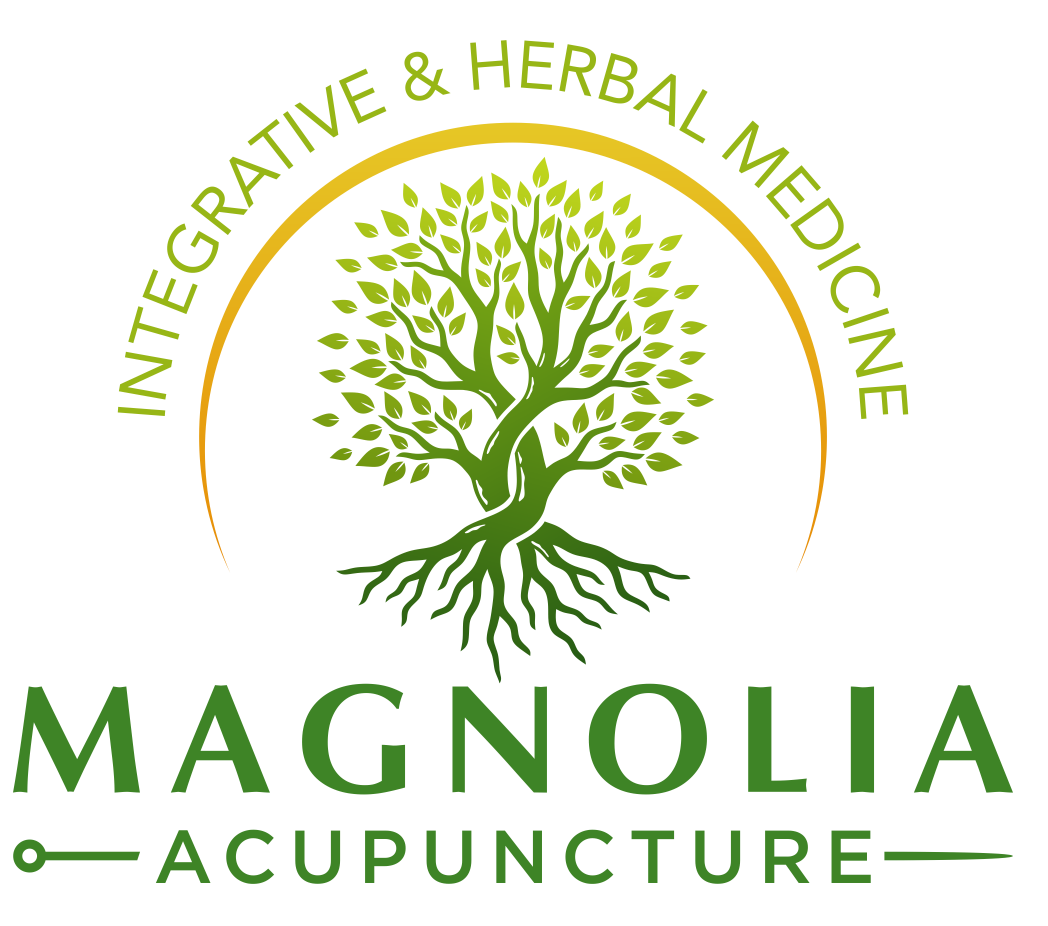glossary
Acupuncture points are located on the meridians (or channels), where Qi (the vital energy of the body) flows through to provide the body with strength and nourishment. Among over 400 acupuncture points, various acupuncture points are chosen in accordance with the patient's individual constitution and presenting symptoms. The procedure is not painful, though it is common (even desirable) to feel a mild ache, tightness, or heavy sensation, signifying a therapeutic arrival of “de Qi”.
Electro-acupuncture is a form of acupuncture in which pairs of acupuncture needles are attached to a TENS-like device that generates weak electrical pulses between them. Depending on the frequency used, this can be used to either stimulate or sedate, producing different physiological responses in the body. As research has found that several types of opioids may be naturally released from your brain into the central nervous system during acupuncture treatment and reducing pain, electro- acupuncture is particularly suited for treating nerve and muscular pain.
herbal medicine
In China, herbal medicine is often the first therapeutic step in addressing internal medicine concerns. For over 2000 years, Chinese physicians have systematically observed and classified more than 5000 plant, animal and mineral substances according to their therapeutic and medicinal effects. Such is their prevalence, many regard them as a form of folk medicine or food therapy.
Herbs work by nourishing and redistributing essential substances of the body, supplementing internal deficiencies and eliminating harmful substances that have accumulated pathologically.
As herbs are an effectiveness-boosting adjunct to acupuncture treatment, appointments will often include herbal and nutritional recommendations based on the Chinese medicine diagnosis and patient’s medical history/medication list. Be sure to provide any allergy information, religious/belief-based limitations, supplement/drug information, and whether you are pregnant or breast feeding.
Though not all patients will be candidates for herbal medicine, you will still be informed of your diagnosis and how to nourish yourself in support of these goals.
Herbs are usually combined into formulas based on the individual’s diagnosis, containing anywhere from 2 to 30 herbs.
Magnolia Acupuncture carries herbs in granule extracts from Evergreen Herbs. Herbs are traditionally sourced, species-verified, and manufactured using GMP practices by extracting the raw herbs into powdered form with a 5:1 concentration ratio. This format is the most therapeutic balance between effectiveness, access, and patient compliance available.
Granules are consumed by dissolving the prescribed dose in 2-4 oz. of hot water to make a tea.
Some classical formulas are also available in pill or capsule form.
cupping
Cupping is an ancient practice in which glass cups are applied to the skin after a negative pressure/vacuum in the cup is created. The skin and superficial muscle layer are drawn into and held in the cup. For glide cupping, a lubricant is applied so that the cup may be moved across the skin and muscle .
The treatment itself elicits little to no pain; in fact, many patients rather enjoy the congestion-relieving sensation of the cups gliding over the muscles.
This technique is used to release muscle tension, increase circulation in the underlying tissue, disperse swelling, direct toxins out of the tissue, reduce fever, and activate the lymphatic system.
Cupping is used for many conditions where there is stagnation and pain, and is most often used for back and shoulder pain, asthma, bronchitis, and headaches.
Cupping can often leave red or bruise-like marks that may last for several days after treatment.
Gua Sha
Gua Sha is a healing bodywork technique that involves scraping (gua) the skin with a smooth-edged instrument to induce raised, red marks (sha).
Like acupuncture and cupping, gua sha elicits little to no pain, with most patients appreciating the “relieving” sensation of this practice and often-immediate effects of the therapy.
This practice opens the pores to release the exterior - mimicking the effect of sweating - to expel an acute cold/flu, improve circulation, and move congested fluids out of the tissues and muscles to be expelled by the body.
Gua sha is often used for pain, tenderness and muscle tension associated with acute or chronic disorders. It is also used to treat and prevent the common cold, flu, bronchitis, and asthma.
Like cupping, gua sha can often leave red or bruise-like marks that may last for several days after treatment.
moxibustion
Moxibustion is another adjunct treatment method involving the burning of moxa, a dried herb derived from the mugwort leaf, on or near the skin.
Moxibustion is subtle but powerful in increasing blood flow to areas of injury and warm areas of cold or damp (e.g., weather-related joint pain).
This therapy is used to treat a variety of ailments, including muscle aches and pains as well as menstrual cramps. Moxibustion is also well known for use in turning a breech baby in preparation for labor.
The smoldering of the moxa can be irritating or unpleasant for sensitive or asthmatic individuals, and in such cases, a TDP lamp is an effective adjunct to therapy.
Tui Na Massage
Tui na (“pushing & grasping”) is a Chinese bodywork therapy involving rhythmic manipulation - kneading, grasping, rolling, and pressing of the soft tissue along the meridians of the body and at specific acupuncture points.
This technique improves circulation, increases range of motion and is effective in nerve and pain regulation. Tui na also assists in rehabilitation and is effective in the treatment of muscles, tendons and ligaments. Internally, it treats stress-related disorders of the digestive, respiratory, and reproductive systems.
